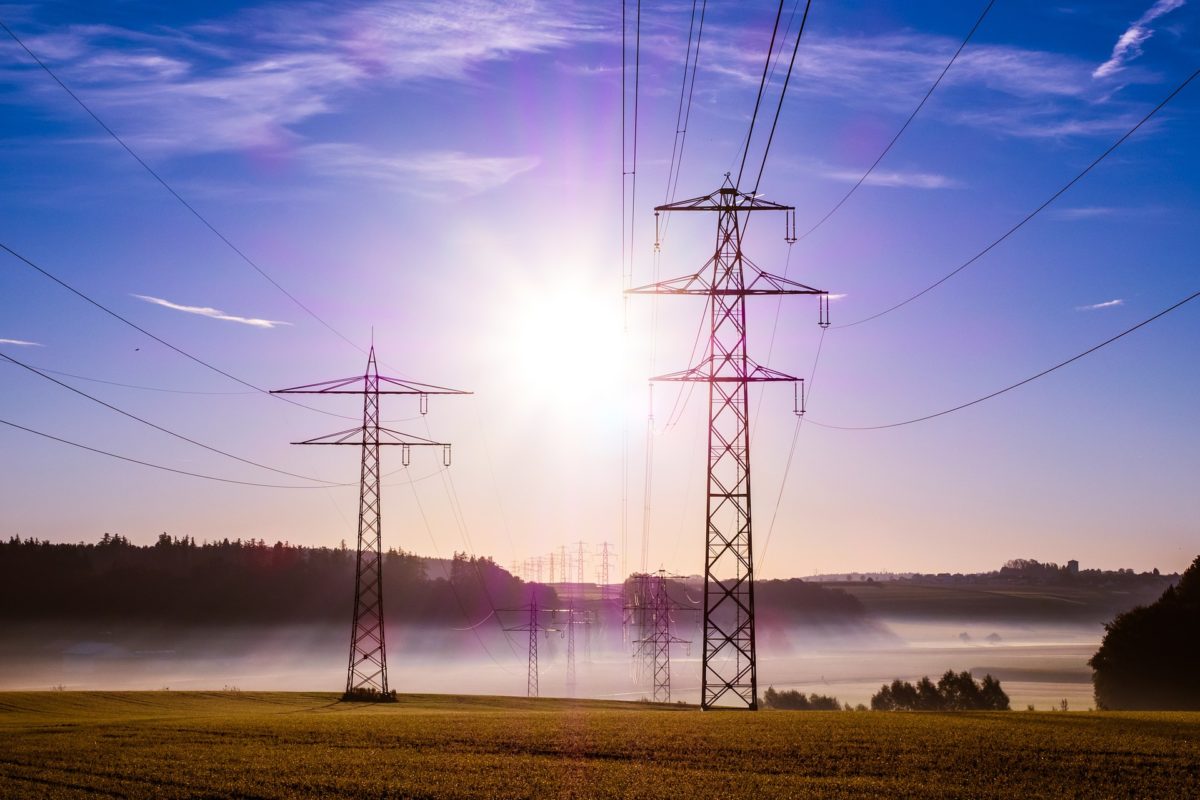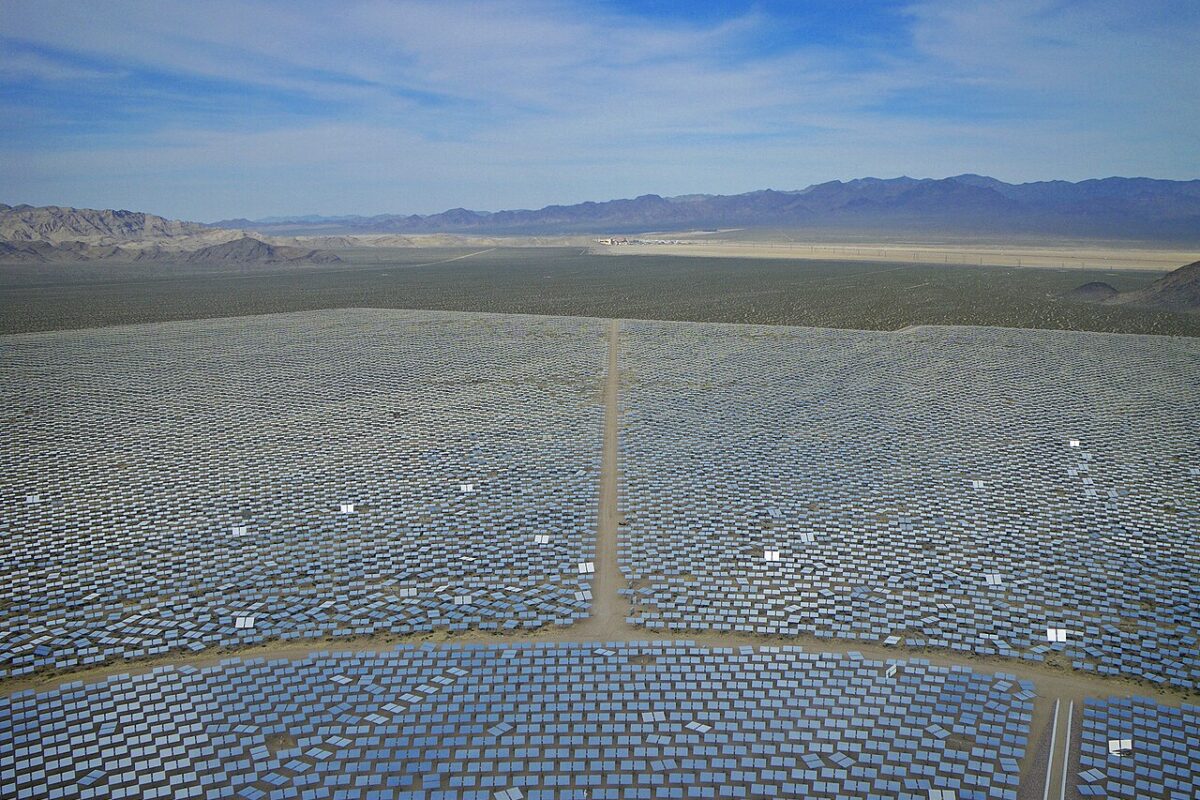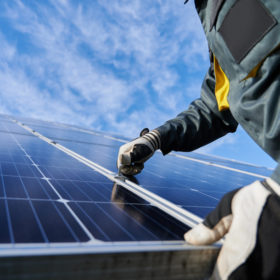Texas grid operator ERCOT processed 14GW of utility-scale solar interconnection requests last year, while grid operator MISO in the central US reported processing 6GW and California’s CAISO processed 5GW. Battery storage interconnection requests processed in the three regions were 6GW, 0.1GW and 7GW, respectively. The grid operators provided the data in response to a pv magazine inquiry sent to the seven regional grid operators.
Project developers have identified interconnection delays and costs as the biggest barrier for utility-scale renewables. The interconnection queue of grid operator PJM, for example, has stretched to nearly 300GW of renewables and storage projects, according to the trade group Advanced Energy Economy. Interconnection requests are handled by grid operators in seven regions across the US, and by utilities in other parts of the US.
ERCOT’s processing of 14GW of solar interconnection requests last year compares to its 8.3GW of solar capacity at year-end 2021.
MISO’s reported processing of 6GW of solar requests last year compares to its 1.3GW of solar capacity at year-end 2021, and the 6.8GW of solar that MISO expects to come online this year. MISO aims to shorten its timeline to reach an interconnection agreement from 505 days to as few as 373 days.
CAISO’s processing of 5GW of solar requests compares to its current 15GW of solar capacity. CAISO is now processing a larger cluster of interconnection requests and will release full interconnection studies for that cluster in late 2023, under a plan approved by federal energy regulators.
Across the three grid operators, which serve about 30% of the US population, the 25GW of solar interconnection requests processed compares to the 17GW-dc of utility-scale solar installed across the entire US in 2021, as reported by the solar association SEIA.
In response to pv magazine‘s request, ERCOT and CAISO provided data on solar and battery projects for which they completed a full interconnection study last year. MISO provided data on projects for which a generator interconnection agreement was filed last year.
After completing a full interconnection study, a grid operator hands off the interconnection request to the utility owning transmission near the project site. The utility and the project developer first enter a contract known as a generator interconnection agreement that spells out their respective obligations. The transmission owner then builds the infrastructure to connect the solar or battery project to the grid, at the project developer’s expense. Project developers are not required to proceed beyond the full interconnection study, and in many cases they do not proceed.
Data on the pace of processing interconnection requests may also be obtained by analyzing the interconnection queue dataset of each grid operator, a task requiring both talent and time to extract the relevant data. In the Southeast and much of the West, individual utilities have their own interconnection queues.
This content is protected by copyright and may not be reused. If you want to cooperate with us and would like to reuse some of our content, please contact: editors@pv-magazine.com.








What does that mean in energy? were these GW hours? Days? Instantaneous?
Assuming they were hours the total is about 4MW average over the year, which is trivial.
Please help us have meaningful numbers in reporting.
The FUNDAMENTAL PROBLEM IS THE WHITE HOUSE AND ITS ENERGY GURU’S AT DOE… TOGETHER WITH THE 500(??) WISE MEN IN CONGRESS…
For over 50 years the EPA has been mandated to provide Environmental Protection for THE PEOPLE of the USA. In addition the UNEP has been existence since 1972.
NONE ARE ABLE TO PROVIDE THE VERY BADLY NEEDED GLOBAL AND NATIONAL ENERGY PLANS TO ELIMINATE POLLUTION EVEN AFTER 50 YEARS.
AS POLLUTION RISES ANNUALLY, TODAY 9MILLION PRE-MATURE DEATHS ANNUALLY AND 275MILLION DALY OF HUMAN SUFFERING CAUSED BY POLLUTION AROUND THE GLOBE.
THE US HAS ITS OWN VICTIMS AND SUFFERING PEOPLE DUE TO POLLUTION.
Lowest Cost/Price is one if the “minor issues” that PV Installations are “in vogue” today. The main reason is they first help, and can then Eliminate Pollution too.
However, there is NO GLOBAL OR NATIONAL PLAN to achieve the above.. even TODAY.
So the FERC, Utilities, Regulatory Agencies etc.. are unable to WORK in Unison to Upgrade(???) the Grid to meet this Zero Pollution Plan/Objective.
Till the above is done, and agreed by the above Officials and THE PEOPLE, in their Nations; this “knee-jerk” reaction of Grid Interconnection Applications will continue and the Utilities will be forced to “Fire Fight” these requests and Upgrade of the Electric Grid in a wasteful and haphazard manner.
pvmagazine should be asking ALL EAO’s (Elected, Appointed Officials) … WHERE IS THE (PROPOSED) PLAN TO ELIMINATE PEOPLE..???
Hi, All
We are looking the site have solar and wind power interconnections. We will add our facility on it.
Walter Chang
walter@accordpowerinc.com